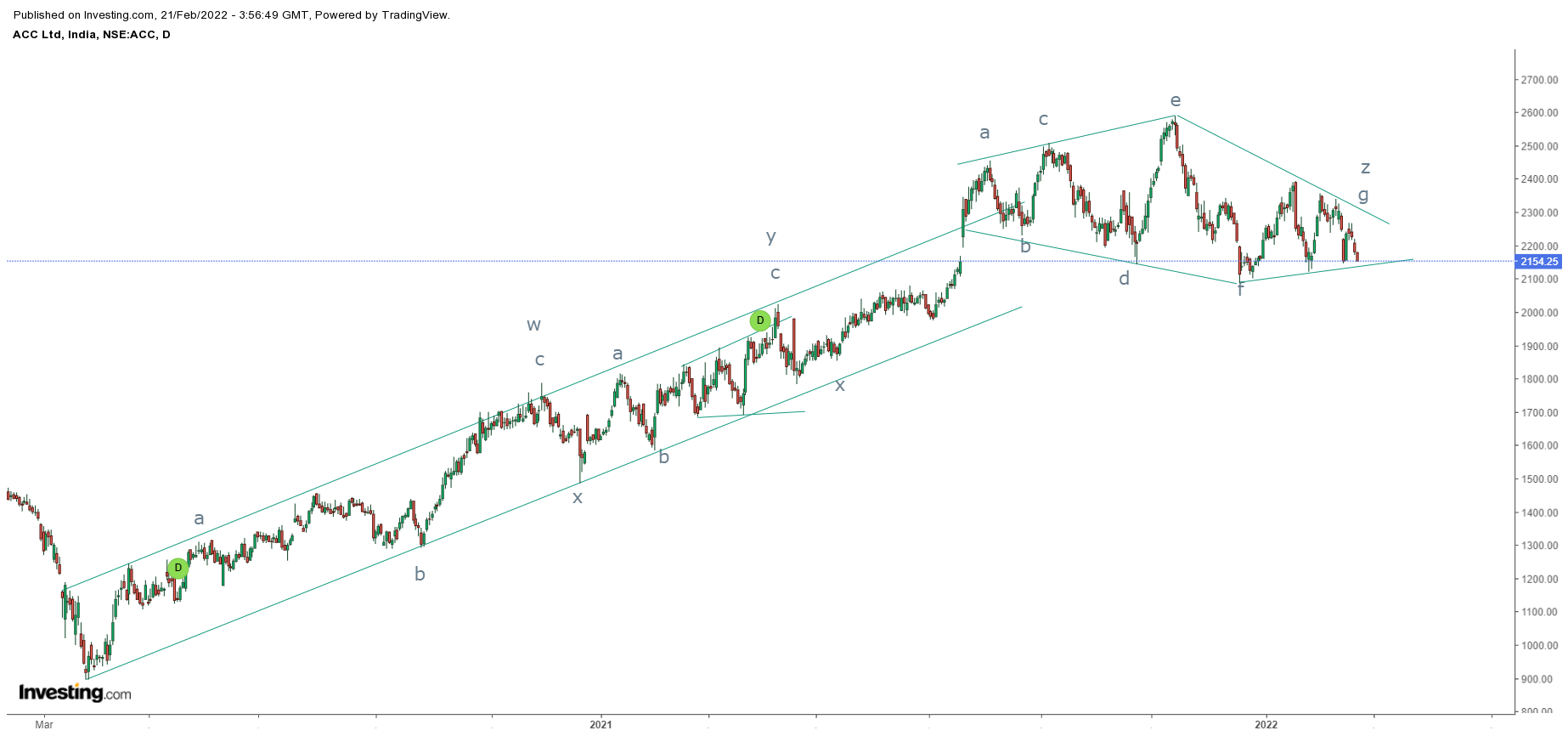Nikkei 225 moving in Corrective Pattern and Forecasting.
The Nikkei 225,
more commonly called the Nikkei, the Nikkei index, or the Nikkei
Stock Average ,is a stock market index for the Tokyo Stock Exchange (TSE). It has
been calculated daily by the Nihon Keizai Shimbun (Nikkei)
newspaper since 1950. It is a price-weighted index (the unit
is yen),
and the components are reviewed once a year. Currently, the Nikkei is the most
widely quoted average of Japanese equities, similar to the Dow Jones Industrial Average. In fact, it
was known as the "Nikkei Dow Jones Stock Average" from 1975 to 1985.
The Nikkei 225 began
to be calculated on September 7, 1950, retroactively calculated back to May 16,
1949. Since January 2010 the index is updated every 15 seconds during trading
sessions.
The Nikkei 225
Futures, introduced at Singapore Exchange (SGX) in 1986, the Osaka Securities Exchange (OSE)
in 1988, Chicago Mercantile Exchange (CME) in
1990, is now an internationally recognized futures index.
The Nikkei average has deviated sharply from
the textbook model of stock averages which grow at a steady exponential rate.
The average hit its all-time high on December 29, 1989, during the peak of
the Japanese asset price bubble, when it
reached an intra-day high of 38,957.44 before closing at 38,915.87, having
grown sixfold during the decade. Subsequently, it lost nearly all these gains,
closing at 7,054.98 on March 10, 2009—81.9% below its peak twenty years
earlier.
Another major index
for the Tokyo Stock Exchange is the Topix.
On March 15, 2011,
the second working day after the massive earthquake in the northeast
part of Japan, the index dropped over 10% to finish at 8605.15, a
loss of 1,015 points. The index continued to drop throughout 2011, eventually
bottoming out at 8160.01 on November 25, putting it at its lowest close since
March 10, 2009. The Nikkei fell over 17% in 2011, finishing the year at
8455.35, its lowest year-end closing value in nearly thirty years, when the
index finished at 8016.70 in 1982.
The Nikkei started
2013 near 10,600, hitting a peak of 15,942 in May. However, shortly afterward,
it plunged by almost 10% before rebounding, making it the most volatile stock market index among the developed
markets. In October, 2013, the UK-based hedge fundAlgorates,
whose strategy is based partially on high-frequency trading, a technique most
successful in markets with high volatility, announced major positions in the
Nikkei 225.
As per wave theory,
prices are moving in a double correction as of now (a-b-c-x-a-b-c). Where it
completed 1st correction in a zigzag pattern and then formed wave x
at 14206 on 8th November 2013. Thereafter it is forming 2nd
correction in which it completed wave a at 15794 on 3rd December
2013 then it moved down below the origin of wave a and completed wave b in an
irregular flat pattern. Currently it is moving in wave c and it is impulse in
nature. In wave c it completed wave i at 14874 and wave ii at 14443.Now it is
moving up in wave iii, today it slipped by 2.65% on 12th of March 2014
which can be utilized as buying opportunity as wave iii can move up till
15800-16000 levels. The long term target for this index comes to 17000 which is
161.8% retracement of the down move (15794-14008).
In short our bias for
Nikkei 225 is firmly positive and can move up till 15800-16000 levels over
short term. Expect the index to move till 17000 levels over medium term.




Comments